If you’ve followed these steps from the beginning, then it’s likely you’re already starting to see an improvement in your website’s performance.
In order to complete the audit, part 3 is going to look at how to assess and manage the off-page SEO.
Off-Page Audit
An off-page audit is largely about backlinks so you need to be familiar with backlinks in order to perform it effectively. The off-page section of the audit, and backlinks in particular, can have a huge impact on the site’s SEO rankings so this part of the audit can be more important when it comes to SEO performance.
There are several tools that you can use for a comprehensive backlink analysis. One tool recommended is Serpstat.
In light of the fact that Backlink analysis is all about comparison, you need to know at least five of your competitor’s sites before starting the audit, otherwise it will be difficult to measure the effectiveness of the off-page SEO elements.
Also, note that most of the audit elements require that you have your website’s backlink data. You can use Serpstat to get the data.
You can also get the backlink data from Google, especially if you prefer working with raw data. Simply log into Google Search Console
Search Traffic > Links to Your Site > Under “Who links the most” click “More” > “Download more sample links”
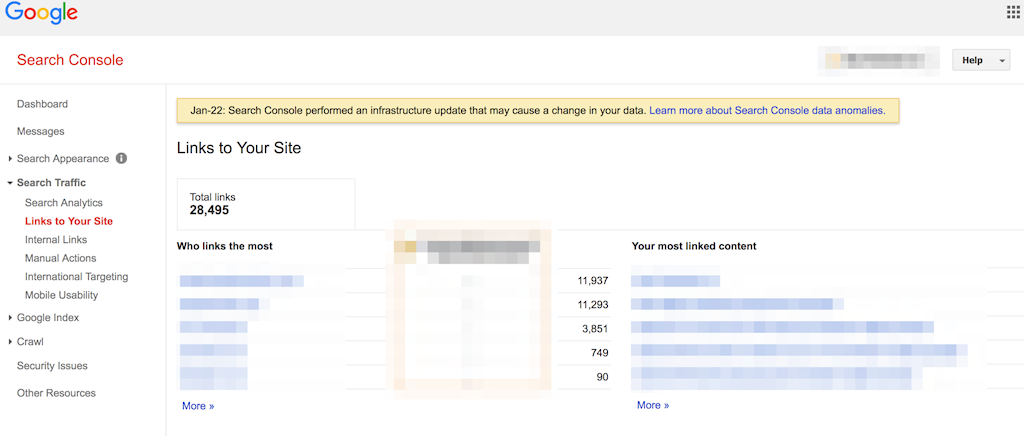 A CSV dataset will be downloaded which you can tweak, modify, and analyse depending on your skills with spreadsheets.
A CSV dataset will be downloaded which you can tweak, modify, and analyse depending on your skills with spreadsheets.
Incoming Search Traffic
Google’s “Search Analytics” is an excellent tool for auditing a site’s search traffic. To get the Incoming Search Traffic report, simply go:
Search Console > Search Traffic > Search Analytics
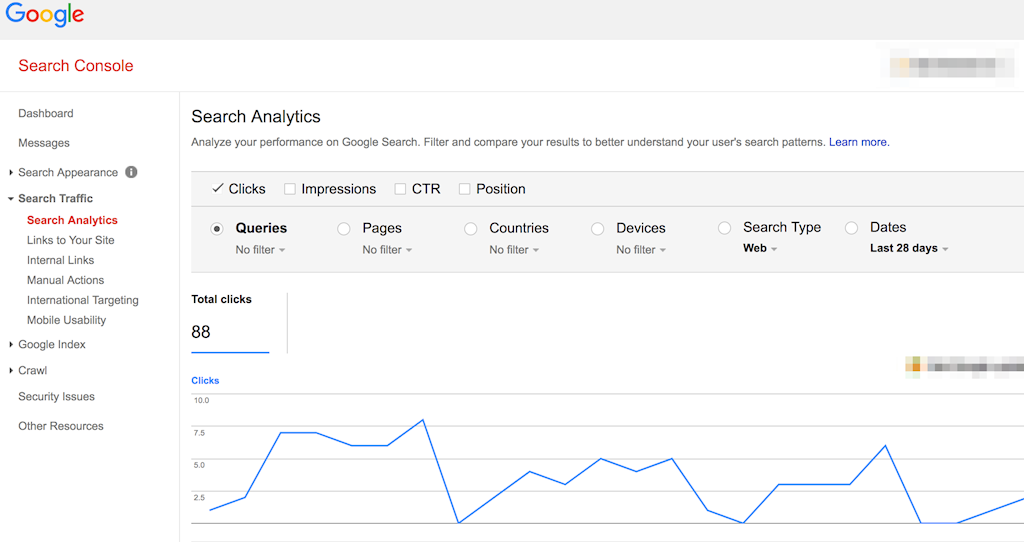 The chart provides an in-depth understanding of the website’s search viability, performance, and ranking. It serves as the starting point for a detailed analysis of the site’s off-page elements.
The chart provides an in-depth understanding of the website’s search viability, performance, and ranking. It serves as the starting point for a detailed analysis of the site’s off-page elements.
Site Penalties
You need to check if the site is penalized or not. If you are hit with a penalty, that will of course hinder your SEO performance and will need to be rectified ASAP.
Note that there are two main types of penalties:
Manual Penalty
This is served by Google itself and enacted by a real-life human being. You should be really worried if your site suffers a manual penalty.
To check for a manual penalty, go to:
Search Console > Search traffic > “Manual Actions”
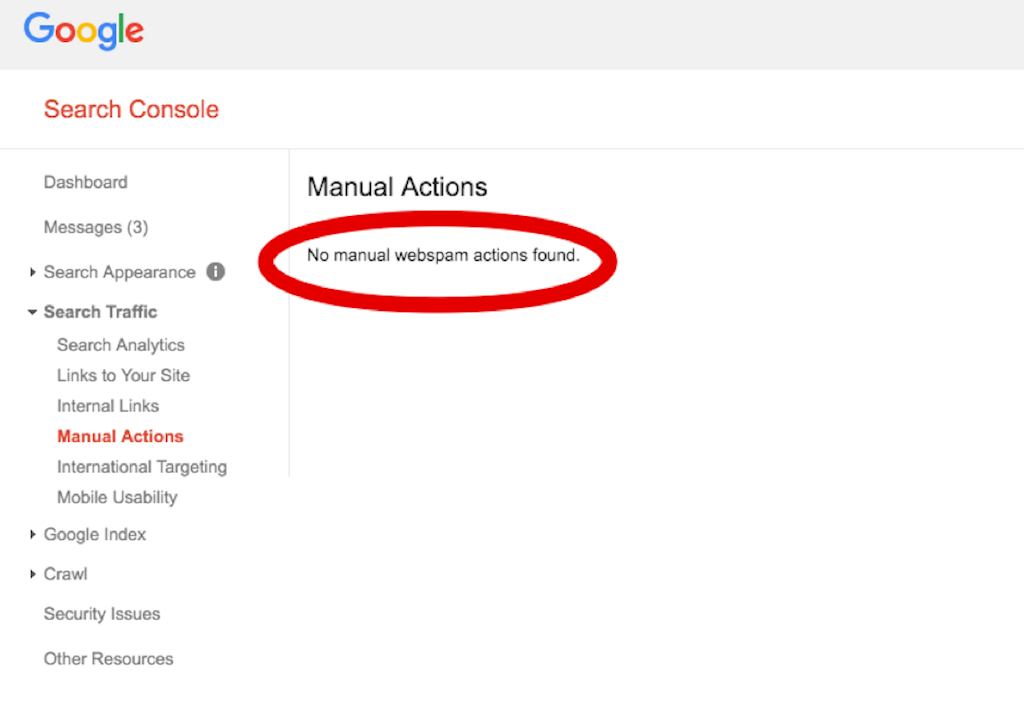 Algorithmic Penalty
Algorithmic Penalty
This is levied automatically based on the different changes in Google’s search algorithm. When Google changes it’s algorithms it may or may not have an effect on your search performance.
Barracuda has a really effective tool for checking algorithm penalties.
Link Quantity
The total number of links is an excellent gauge of the domain’s overall power and authority. Nonetheless, you can’t rely on link quantity alone to gauge the site’s health, since some links can be harmful, such as those created through blackhat SEO, putting your site at risk of penalization.
Deep Link Ratio
Deep links are links that target the site’s internal pages. They are considered more reliable, and hence more valuable to the site’s overall integrity and authority.
In that light, a website needs to have more deep links compared to homepage links. A deep link ratio of 75% is perfect, but any ratio above 50% is okay.
TLD Variety
Top-level-domain or TLD refers to a website’s domain type. Healthy websites have mostly .com and .org referring links. Likewise, .edu and .gov TLDs are considered authoritative and can present a great link reputation to the recipient websites.
Link Trust and Authority
A very high number of low-quality and unreliable links can undermine the site’s authority and trust.
Hence, it is imperative that you examine the authority and integrity of the referring links. Link Research Tools can be of great help here.
Redirect/Follow/No-follow Ratio
Here are three types of incoming links:
- Redirect — links that automatically redirect from another site or internal page
- Follow — the standard href link from one website to another
- No-follow — an incoming link with a no-follow tag.
A ratio of at least 90% followed links is fine. If there’s a significant amount of redirects and no-follows, you should investigate the reason behind it.
Spammy Links
Every website is prone to harmful links. Unfortunately, a definitive solution to the problem of spammy links is yet to be found.
Nonetheless, Moz and Link Research Tools can be of some help in dealing with the issue. Also, consider downloading the site’s backlinks and cherry-pick through them to ascertain the nature and authority of the respective linking websites.
Link Attrition
Websites can also lose links. Hence, consider analyzing link attrition metrics to determine the speed at which this is happening.
If the rate at which the site is losing links is high, it could compromise the site’s authority. It could also be the result of a technical problem and should be investigated as soon as possible.
Brand Mentions
Don’t confuse brand mentions with links. A brand mention refers to when the website is mentioned but not linked directly.
Brand mentions are a great source of authority for websites as they play an integral role in promoting the site’s reputation.
You can use Moz’s brand mention tool to measure such occurrences.
The Google query technique is also effective. This technique involves excluding your site’s URL and social media profiles from the search, and manually analyzing the SERPs.
Bonus Tip: All-In-One SEO SaaS Tools
Instead of using many different tools for the different aspects of the SEO Audit, you can capitalize on the convenience of All-In-One SEO SaaS platforms, such as Serpstat.
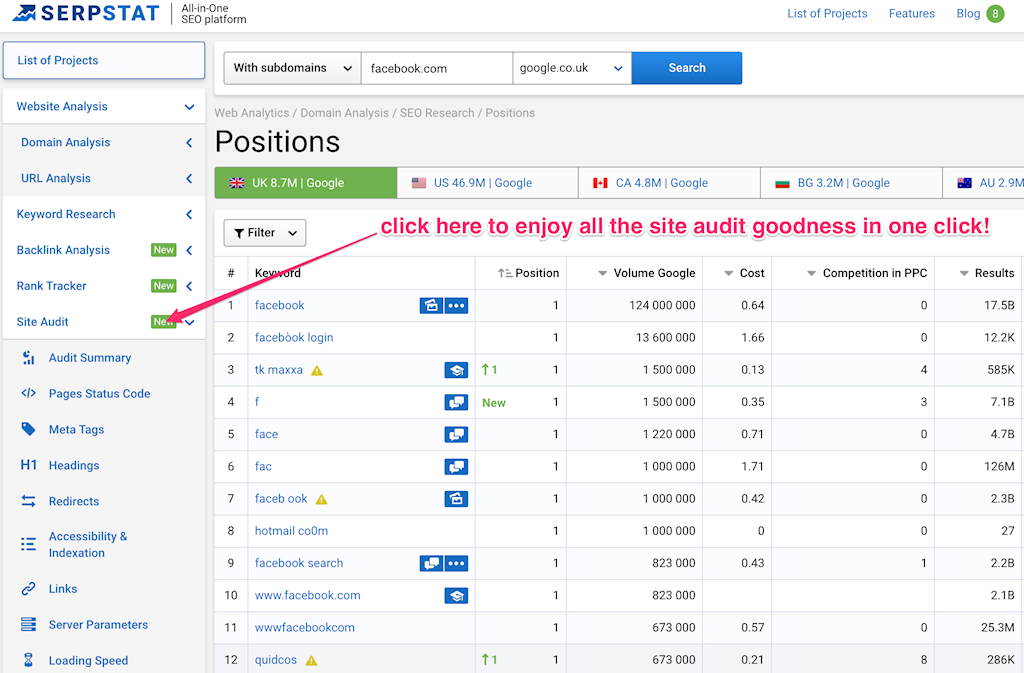
Besides being able to effectively conduct the usual SEO audit procedures, such as keyword research, backlink analysis, position tracking, etc., on a single platform, a good All-In-One SEO platform will also give you the ability to:
- Expand your website pages’ keyword pool with the most effective and relevant keywords.
- Find ideas for content that your target audience wants to see
- Use your competitors’ best strategies to boost your site’s search engine performance.
- Identify weak and strong aspects in your competitor’s site and capitalize on them to your advantage
- Create custom branded reports.
Final Thoughts
An SEO Audit is a comprehensive assessment of a website through the search engines’ eyes. If you are serious about search engine rankings and the success of your online business, you will strive to do an SEO audit regularly.
A properly conducted SEO Audit should provide a deeper insight into your site, each page, and traffic in general. It is an excellent way to enhance performance and ranking in the SERPs.
Note: if your website is small, it is not advisable to overdo the audit. You don’t need to waste time dwelling on stats while there are other important things that you can work on. If you have a medium to large website, however, you need to perform comprehensive audits on a regular basis to identify any issues and fix them in time before things get out of hand.
This ultimate guide series is all that you need to be able to conduct a comprehensive SEO Audit on your site. If you want to present the audit to a client, it is imperative that you package the report in a presentable way.
If you missed them, you can catch up and read parts 1 and 2 here:
Access the latest business knowledge in Marketing
Get Access


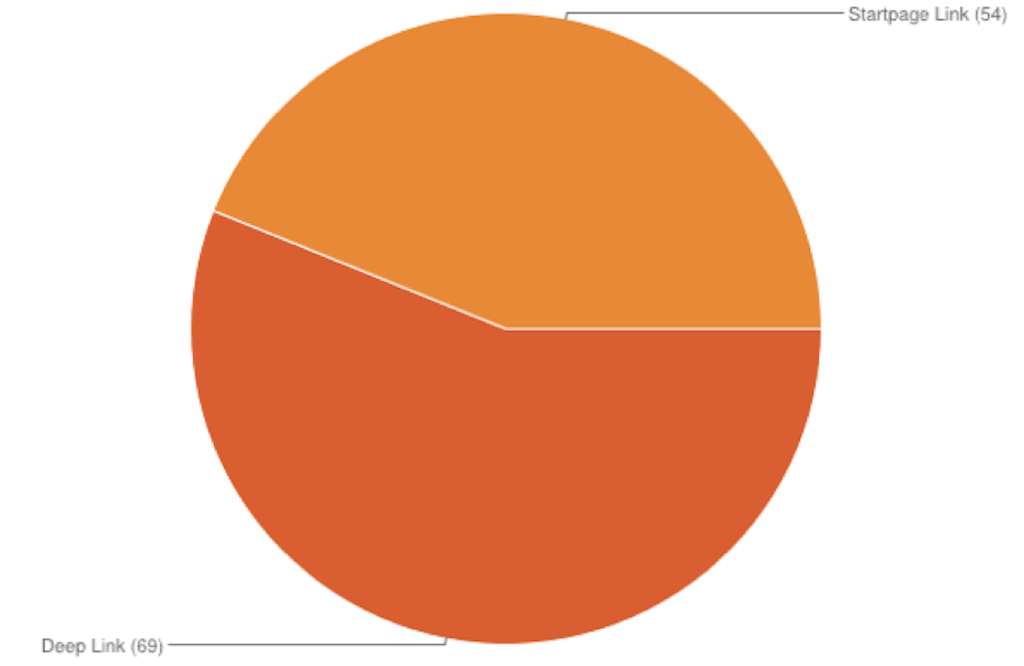






![Increase Your CTR with Google Advanced Snippets [Infographic]](/getmedia/a6d66e62-4ec4-4efe-aa6a-c430e72d6b5a/increase-ctr-with-google-advanced-snippets.jpg?maxsidesize=350&resizemode=force)

Comments
Join the conversation...